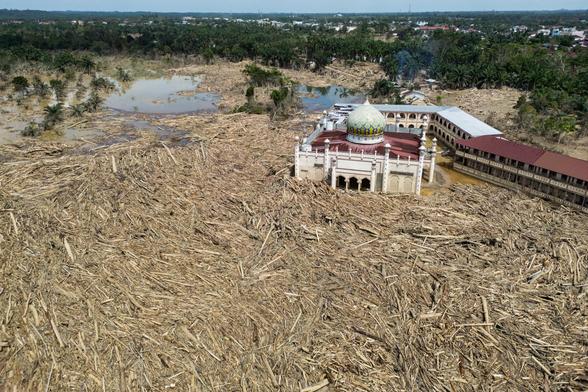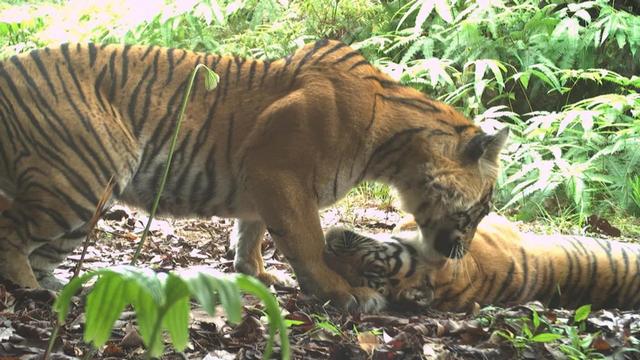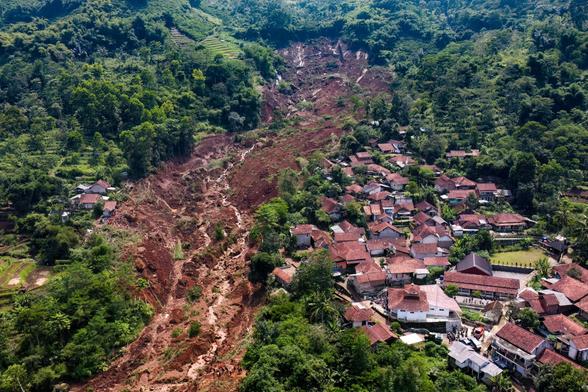#ClimateCrisis #Sumatra #floods #orangutans
"Fears grow that world's rarest apes were swept away in Sumatran floods
An unusual silence in the forests of north Sumatra in Indonesia is worrying wildlife experts and conservationists.
Here, in the mountainous forests of Batang Toru, is where they had always seen and heard the world's rarest ape, the Tapanuli orangutans.
But ever since Cyclone Senyar devastated Sumatra on 25 November, the critically endangered primates have not been seen in the area, conservation workers say.
Their absence has fuelled speculation as to whether the great apes were swept away by floods and landslides. And while some believe the animals may have travelled to a safer location, a carcass found in the area, said to be that of an orangutan, is fuelling conservationists' fears.
Fewer than 800 Tapanuli orangutans remain and any loss would have a serious impact on the species, conservationists say."
https://www.bbc.com/news/articles/cj4q1l0ly7wo


